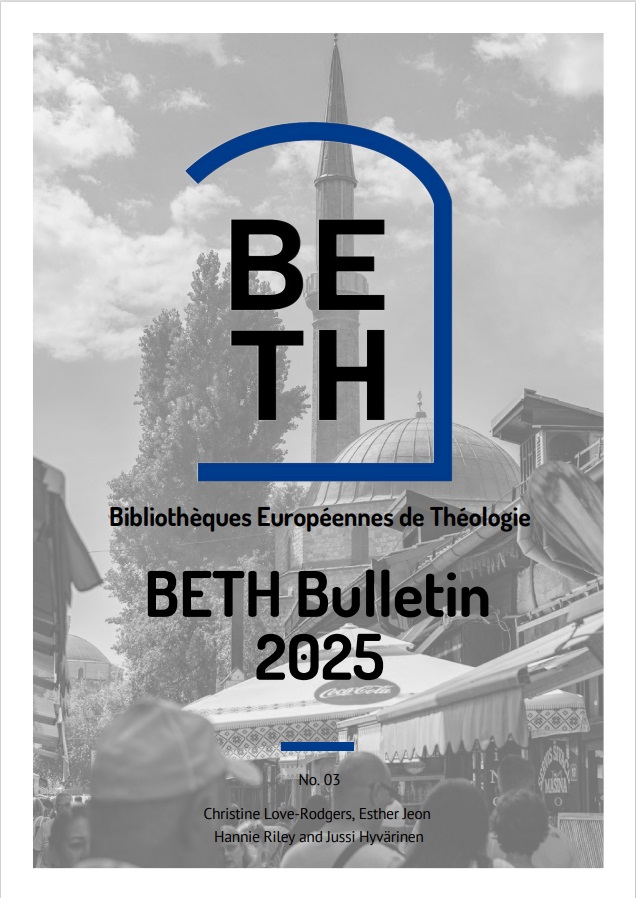The Preservation and Protection of Gazi Husrev-beg Library Holdings through Digitisation and Microfilm
Keywords:
cultural heritage, restauration, Gazi Husrev-beg library, digitisation, microfilming, preservationAbstract
Gazi Husrev-beg Library in Sarajevo, founded in 1537, is the oldest continuously operating library in the region. Throughout its nearly 500-year history, the library has undergone several relocations, with its most recent restoration completed next to the original building. The library began microfilming its holdings in 1958, with the first phase of digitization starting in 1998. This was a pioneering effort in Bosnia and Herzegovina, driven by challenges related to the protection of physical materials, technological limitations, inventory management, and metadata organization. In 2017, the Gazi Husrev-beg Digital Library was officially launched, providing online access to a wealth of archival materials, including manuscripts, monographs, serial publications, and historical newspapers. The collection is searchable, with OCR (Optical Character Recognition) applied to enhance user accessibility. Categories such as Archives, Photo Library, Islamic Community Newspapers, and Manuscripts (including a UNESCO-recognized collection) are available for research. The library employs advanced scanning equipment, like the ZEUTSCHEL Book Scanner, to preserve its holdings in high-resolution formats. This digital initiative aims to preserve valuable cultural heritage and offer global access to Bosnian and Ottoman history, while protecting original materials from further decay. The library continues to expand, ensuring long-term access to its vast resources.
Downloads
Published
How to Cite
Issue
Section
License
Copyright (c) 2025 Ejla Curovac, Hamza Kurtanovic

This work is licensed under a Creative Commons Attribution-NonCommercial 4.0 International License.
Articles published in BETH Bulletin are licensed under Creative Commons CC-BY-NC.


